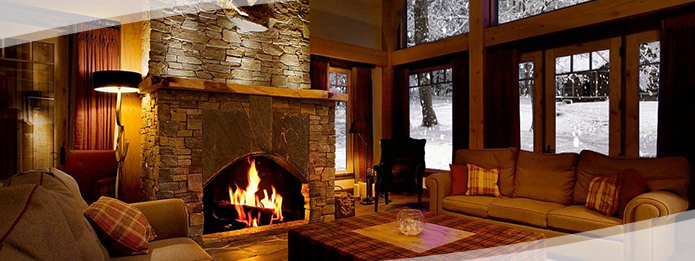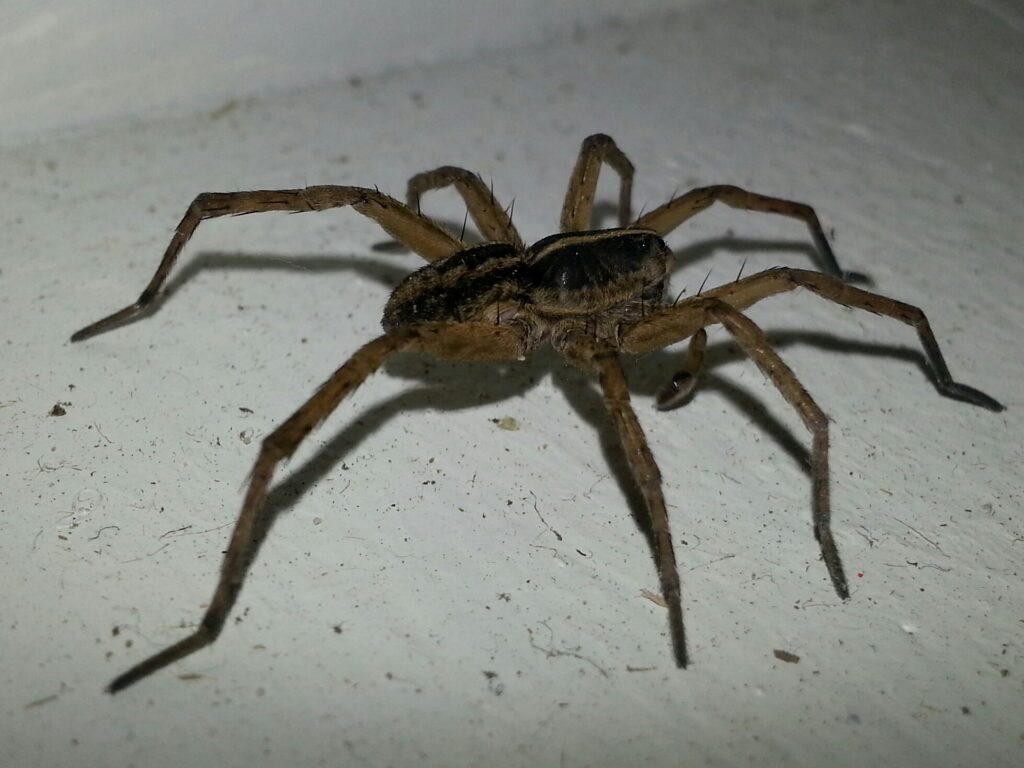 You can certainly find earwigs inside your home during the winter (and year-round). They're intimidating, scary-looking insects, but, in reality, they're rarely harmful to humans. But they are also known to congregate in large numbers inside your home. Researchers believe that earwigs have pheromones that signal to other earwigs, "Hey, I found food and a cool hiding place! Come join me over here." Here's a look at how they get inside your home and how you can solve this pest control issue.
You can certainly find earwigs inside your home during the winter (and year-round). They're intimidating, scary-looking insects, but, in reality, they're rarely harmful to humans. But they are also known to congregate in large numbers inside your home. Researchers believe that earwigs have pheromones that signal to other earwigs, "Hey, I found food and a cool hiding place! Come join me over here." Here's a look at how they get inside your home and how you can solve this pest control issue.
Earwigs Are Nocturnal and Prefer to Be Outside
Earwigs are active mostly at night. During the day, they hang out under rocks, organic debris or pieces of bark. They love cool, moist, dark areas. They prefer to stay outside. In certain situations though, such as drought or extremely low temperatures, they may seek shelter inside homes. Lights also attract earwigs. For example, if you have a party on your deck, earwigs could end up under cushions and other items left outside overnight. However, that's mostly a problem for warmer weather. These insects come in more than 1,500 species. North America deals with only 22. That may still seem like 22 too many! These insects are black or brown with red or orange markings. Pincers, like forceps, protrude from earwigs' abdomens, and the insects can grow to 25 millimeters long. Most earwigs have wings, but they're not the best fliers. They prefer to chill out in their dark hiding places rather than soar the skies.Earwigs Are Not Dangerous to Humans
The frightening appearance of earwigs makes people think they're dangerous. However, their pincers are for fighting with other earwigs and for self-defense. Only in rare cases do earwigs pinch humans. Bites are even rarer. The myth that earwigs climb into people's ears and live there is just that, a myth. The huge majority of their pinches or bites do not cause complications. Still, earwigs easily scare folks. For one thing, they run quickly when their hiding places are disturbed. It's creepy to see bugs taking off throughout the house. Also, many earwigs produce a foul odor when they're disturbed.How Earwigs Get Inside
Earwigs feast on live sprouts, softer fruits, leafy greens, and decomposing vegetation. They also eat other insects, living and dead. If earwigs are short of food sources outside, they may head inside. Ditto if it's extremely dry or cold outside. They enter through drains or find holes and cracks on the sides of your home to get in.Earwigs Can Survive the Winter Inside
Earwigs can survive a winter inside your home, especially if cellulose-based materials such as old papers, books, and boxes are present. Basements are common places for these bugs to gather, but you may discover some in your kitchen. They adapt their diet to their environment when necessary and will eat cookies, bread, and even flour. They don't eat wood but do like to hide out in firewood. Earwigs inside your home may be in these spots:- Basement
- Laundry room
- Bathroom
- Baseboards
- Rugs
- Cushions
- Firewood piles
- Indoor plants

